How to replace valve packing for triple eccentric sealing butterfly valve
Although we are not focusing on valve packing during the procurement and use of triple eccentric butterfly valves, in fact packing has a great influence on the service life of the valve. If we find that the upper cavity is leaking during the pressure test, it is likely to be caused by the leakage of the packing. Wrong type of packing, packing leakage will cause internal leakage and greatly affect the service life.

D673H-16C-stainless steel pneumatic triple eccentric butterfly valve
There are many reasons for packing leakage. For example, the packing is the sealing effect of the pressure of the gland in the valve. After operation, the packing will age and become hard, especially the frequently used triple eccentric sealing butterfly valve, the friction between the valve stem and the packing is reduced, and it is easy to leak water and steam. At this time, the valve packing needs to be replaced. In normal times, we also need to regularly replace the valve packing through the investigation. Let’s take a look at how to replace the valve packing.
When replacing the packing for the triple eccentric sealing butterfly valve, for small valves with gland nuts, you can use a wire hook to clean the packing, put the asbestos rope clockwise around the valve stem and re-install the packing surface, and then tighten the gland nut. . Do not use excessive force when installing the nut to prevent tripping or breakage. If it still leaks after replacement, tighten it again until it does not leak. For large valves with flange glands, square or round asbestos ropes braided into strands can be cut into small sections according to the required length and laminated, and the joints of each layer should be staggered by 180°. When tightening the gland, the bolts on both sides should be compressed alternately to prevent the gland from breaking due to uneven force, and the rotation of the valve skewer should be checked to ensure the flexible rotation of the valve stem.
It is important to mention here that many developed countries do not allow the use of asbestos-containing valves. This is because asbestos has slight carcinogens, so triple-eccentric sealing butterfly valves with asbestos plates on the sealing surface are firmly not allowed to be used in drinking water. It can be considered to use full graphite or 314 or tetrafluoroethylene instead.
The triple eccentric sealing butterfly valve is widely applicable and easy to use. It has the advantage that it can be applied to a variety of working conditions by replacing the sealing pair, which is very popular. Need triple eccentric sealing butterfly valve, welcome to consult the brand manufacturer Tanghai Valve, who has rich experience in the production and processing of butterfly valve products, and there are many cases. I believe you will find your favorite products here.
TH Valve is a professional manufacturer of butterfly valve, gate valve, check valve, globe valve, knife gate valve, ball valve with API, JIS, DIN standard, used in Oil, Gas, Marine industry, Water supply and drainage, fire fighting, shipbuilding, water treatment and other systems, with Nominal Diameter of DN50 to DN1200, NBR/EPDM/VITON, Certificates & Approvals: DNV-GL, Lloyds, DNV, BV, API, ABS, CCS. Standards: EN 593, API609, API6D
Related news/knowledge:
Fluorine-lined valve instructions | Installation instructions
Fasteners, fillers and gasket materials of valves
Valve material and valve standards-(5)-packing material
Valve material and valve standards-(6)-gasket material

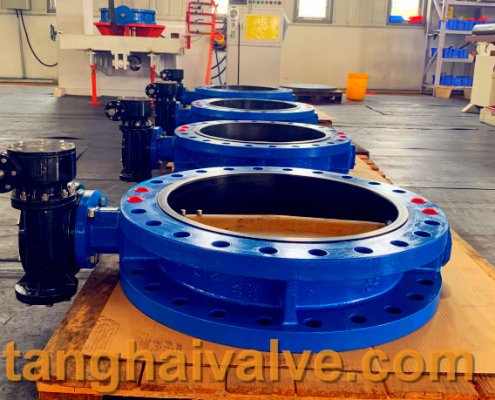
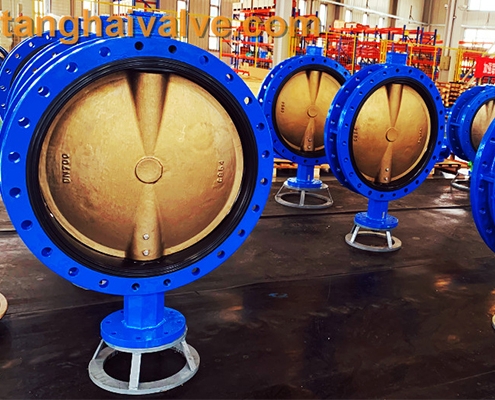
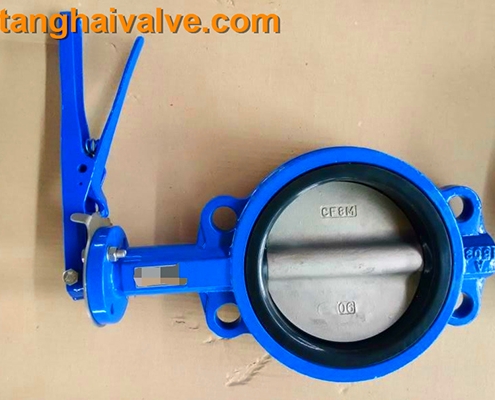
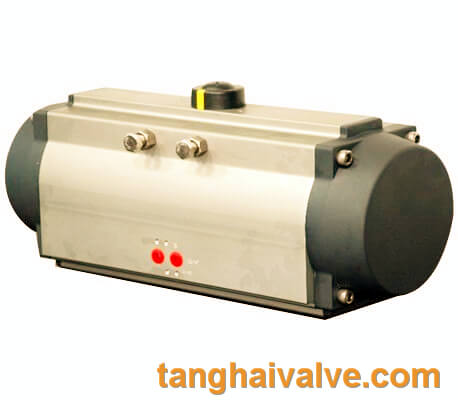
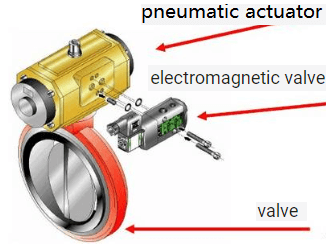


 © Copyright 2020 Tianjin Tanghaidongyang Valve Co., Ltd. All Rights Reserved.
© Copyright 2020 Tianjin Tanghaidongyang Valve Co., Ltd. All Rights Reserved.